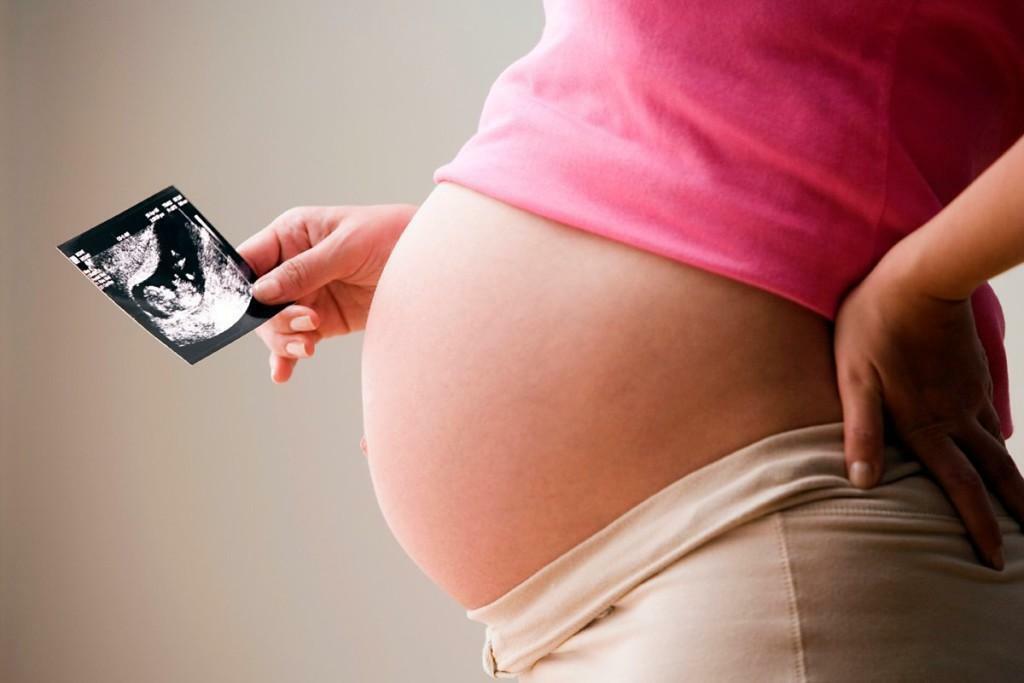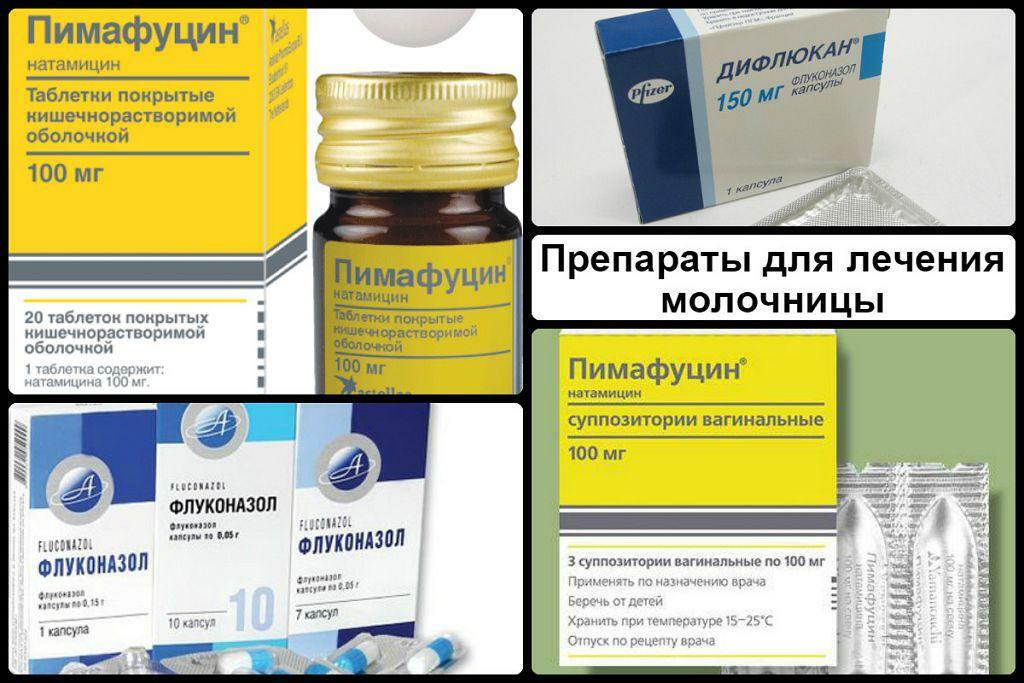Leprosy - chronic infection with a primary lesion of the skin, the peripheral nervous system, eyes and some internal organs.
Currently, there are about 2 million. leprosy patients, mostly in developing countries.
Leprosy often recorded in men (2: 1).
Cases of leprosy in children under one year are rare.
Pathogen - acid-resistant bacterium Mycobacterium leprae (Hansen's bacillus -Nayssera).
Leprosy malozarazna, making it impossible to identify in each case the path of infection and the source of infection. Single-tank - the sick person. leprosy infection occurs by direct contact and airborne droplets. It proved the possibility of intrauterine infection, but children are isolated from sick parents after birth, do not become ill.
manifestations of leprosy
undifferentiated leprosy
It can be transformed into lepromatous or tuberculoid type. Characterized by skin rash and loss of peripheral nerve trunks. Eruptions have the form of clearly defined patches of different colors and sizes; after a short period hypersensitivity become insensitive. Cutaneous lesions often heal spontaneously. However, possible progression to more severe forms.
tuberculoid leprosy
Slabopigmentirovannyh begins with the appearance of spots with sharp edges and reduced sensitivity. Characterized by overgrowth of granulation tissue in the skin and mucous membranes, often watch one source, which is sometimes the only manifestation of the disease. Mature tuberculoid leproma asymmetrical sensitivity is completely absent, the edges are raised above the skin surface. Around the affected areas reduced the number of sweat glands and hair follicles. Muscle atrophy begins with the small muscles of the hand; latest possible contractures of the upper and lower extremities. There may be cases of spontaneous cure.
Hansen's malignant disease
Diseases affecting the skin, the mucous membranes of the nose and the oropharynx, the anterior chamber, skin and other peripheral nerves, adrenals and testes. Localized lesions on the back and extremities in the form of symmetric continuous seals having a reddish brown color. Patients frequently observed loss of eyebrows and eyelashes, components and seals often give a person a kind of expression, known as the "lion face". Celebrating stuffy nasal passages, nosebleedsNose acquires a saddle shape, characterized by laryngitis and hoarseness. Also characteristic of eye damage, leading to impaired vision and blindness. Lymph nodes, especially the hip, groin and elbow, are often enlarged and contain significant amounts of the pathogen. Frequently observed increase in liver and spleen. If untreated, the disease progresses rapidly.
Border (dimorphic) Leprosy
Cutaneous lesions even more diverse, bumps and plaques can be combined with the patches. Reduced sensitivity is less pronounced than with tuberculoid leprosy. Celebrating thinning earlobes, nose and increase brow. Skin lesions are more numerous, but not symmetrical, as in lepromatous leprosy.
survey
Detection of Mycobacterium leprae in mucosal scrapings of the nasal septum, the affected skin material and enlarged lymph nodes.
When questionable results - biological tests on guinea pigs, they are susceptible to Mycobacterium tuberculosis and Mycobacterium leprae resistant.
Serodiagnosis: detection of antibodies to glycolipid cell wall, extracted with phenol; sensitivity of the method - more than 90% with lepromatous form and about 30% at tuberculoid form.
leprosy treatment
- Regularly consulted an orthopedic surgeon, an ophthalmologist and physician;
- Wearing properly fitting shoes and use emplastic dressings prevent sores on the soles;
- Formation of upper limb contractures can be prevented by exercise and bandaging;
- When ocular urgently performed corresponding to correction;
- Surgical treatment of leprosy. Showing reconstructive operations - the transplantation of nerves and tendons, contractures removal and other operations to improve the functionality and social inclusion;
- drugs of choice. Dapsone 100 mg / day. rifampicin and 600 mg / day. When border, border lepromatous and lepromatous leprosy additionally - ethionamide 250-500 mg / day .;
- The duration of drug therapy: undifferentiated and tuberculoid leprosy - dapsone 3 years, rifampicin - 6 months. Borderline-tuberculoid leprosy - dapsone 5 years, 6 months rifampicin. Border leprosy - dapsone 10 years, 2 years rifampicin, ethionamide 10 years. Border lepromatous leprosy and lepromatous leprosy - dapsone lifetime, 2 years rifampicin, ethionamide lifetime;
- The incubation period of the disease lasts an unusually long time - an average of 4-6 years, often delayed up to 10-15 years or more.
Forecast
With timely diagnosis and treatment prognosis. The patient need not be placed in a leper colony.



